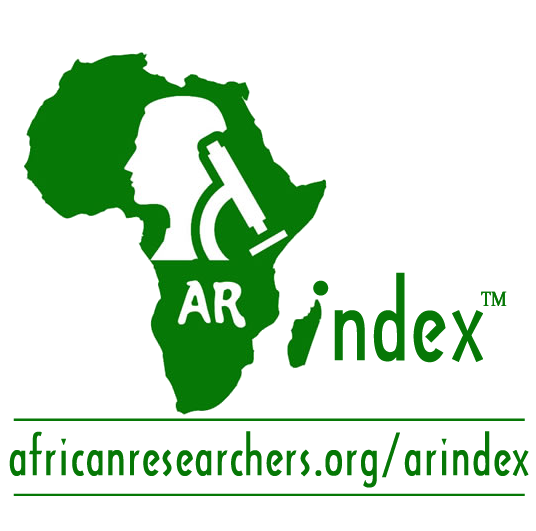POTENTIAL OF COW DUNG AMENDMENT TO ENHANCE LINDANE BIODEGRADATION IN CONTAMINATED AGRICULTURAL SOIL
DOI:
https://doi.org/10.52417/njls.v5i2.231Keywords:
Lindane, Bioremediation, Cow dung, Agricultural soil, DegradationAbstract
Efficacy of cow dung (CD) amendment as potential bioremediation tool for cleanup of lindane contaminated agricultural soil was investigated in microcosms simulated in the laboratory. Microcosm CDS contaminated with 5 mg kg-1 of lindane was fortified with 200 g of CD while CTS1 was similar to CDS except that it received no CD amendment. Setup CTS2 contained uncontaminated soil only and was designed to evaluate the physico-chemical and biological dynamics of the soil under unstressed conditions. The trends observed for the dynamics of the physico-chemistry were much more pronounced in setups CDS and CTS1 when compared with CTS2. This was relatively significant between days 5 and 15 which incidentally were periods of striking microbial population changes, whereas, that of CTS2 remained relatively stable. In spite of the initial population drop at the onset of study (though less pronounced in CDS than CTS1), over 18% lindane degradation occurred in system CDS as against 9% in CTS1. Although overall degradation rates in both soils presented no statistical significant differences (P < 0.05), CDS effected a higher level of degradation. Data presented in this investigation suggest that CD is a potential stimulant of relevant organisms with lindane metabolic functions in the test soil especially at early stages of study. Therefore, utilization of organic wastes in bioremediation of contaminated soil is of great potential that should be exploited. This will help reduce the amount of waste destined for landfill, thus reducing landfill gas emissions. It will also provide a cheaper source of organic supplement for cleanup purposes with the ultimate aim of reducing the cost of bioremediation.
Published
Issue
Section
License
Copyright (c) 2015 https://unibenlsj.org.ng/index.php/njls/

This work is licensed under a Creative Commons Attribution 4.0 International License.





